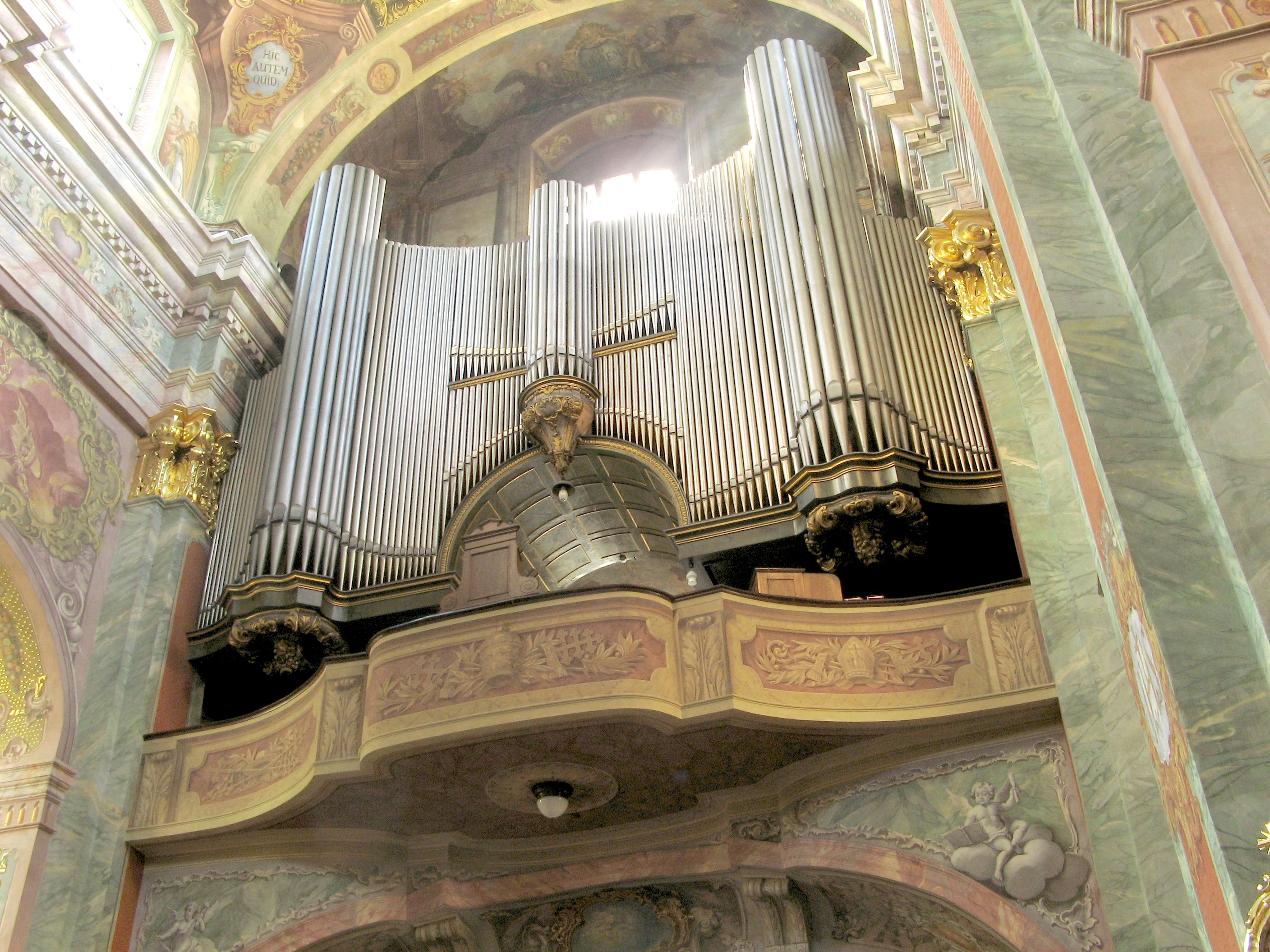
Graciously provided by ModernFurnitureClassic.com
Introduction:
Designed by Mies Van der Rohe and his long time partner and companion Lilly Reich the Barcelona chair is mostly misattributed to Mies alone. (ref:1)
It is perhaps difficult to comprehend today, but this icon of modernist style was actually designed in 1928. The chair was created as furnishing for one of Mies's many architectural jewels: The German Pavilion building at the Barcelona World Fair 1929. (ref: 2)
Marketing a country:
The twenty years leading up to the 1928 Barcelona Exhibition were a time of tremendous upheaval for all of Europe. Politically the landscape was changing faster and more dramatically than anyone could ever have imagined: Monarchies fell, revolutions raged, huge numbers of people were migrating from the Eastern block into Western Europe. Accelerating change and diversity propelled the fields of design and technology to reinvent themselves, almost entirely. Huge cultural shifts rocked Europe producing an explosion of artistic and literary creativity.
International trade, although not a new phenomena was accelerated - creating the beginnings of an interdependent global market place.
Governments around the world were straining to stabilize internal political forces, to settle their populace down into productive expansion, lest the political chaos of neighboring countries should spread.
After the first world war the German monarchy fell, and soon the country was swept into a painfully protracted battle between Communist and Fascist factions. The country was flooded with enormous numbers of refugees from the new Bolshevik states. The German government had an almost impossible task ahead of them. They, perhaps more than any other European nation, had to refocus the attentions of their peoples - on economic productivity.
It was in this environment that the plans for the 1928 Barcelona World Fair were conceived. Wanting and needing desperately to present Germany to the world (and to their own people too perhaps) as a stable, vibrant and modern cultural and economic entity.
An Historic Event
The exhibition was an occasion of international importance, attended by government officials from around Europe and of course by the Spanish Royals of the day Alfonso XIII and Victoria Eugenie of Battenberg.
Victoria Eugenie was the grand daughter of Britain's Queen Victoria, who together with her beloved husband, Prince Albert, invented the concept of the World Fair, and in 1851 had been the honored guests of the first International world fair at Crystal Palance in London. Thus her grand daughter's visit to the Barcelona World Fair, would politically have been equivalent to an empirial seal of approval, bestowing tremendous significance on the whole event. (ref: 4)
Choosing Mies and Lily for this task.
For twelve years beginning in 1926 Mies was partnered both personally and professionally with a woman by the name of Lilly Reich. Lilly was a tremendously talented architect and designer known to have worked closely with Mies on his many projects of this period.
From 1912 following a meeting with Hermann Muthesius and his wife Ann, Lilly began working for the Deutscher Werkbund. An organization focused specifically on improving the quality of German design in Industry, and promoting German design and industry to the rest of the world. From 1915 to 1930's she was responsible for designing and organizing a variety of DWB's international exhibitions. Becaming the organizations first female member in 1921. From the time of their meeting in the mid 20's Mies collaborated with her on many of these exhibition design projects - until his departure for the US in 1938. Privately Mies is said to have deferred to Lilly and no one else. Publicly Lily always deferred to Mies. Of course this dynamic makes their respective contributions to joint projects somewhat difficult to trace, However all of Mies' furniture designs and most of his exhibit designs date from the 12 years of their partnership; he never produced any furniture designs before or after this time. (He issued is first patent on a furniture design in 1927 and his last in 1937) (ref: 3)
Their work in the fields of architecture, exhibition design and furniture design, as well as their affiliation to the Deutscher Werkbund made them the perfect choice for this commission.
The German Pavilion
A special building
The purpose of the German pavilion was of course to promote Germany's skills and expertise. Thus it was Mies's gargantuan responsibility to design something that would adequately represent and communicate Germany's technological and creative prowess - for the benefit of this cultivated and influential audience.
This building is perhaps the epitome of modernity. Shockingly modern even by todays standards - it must have looked positively futuristic to the fair's visitors of the day.
The modern design movement of the period was deeply influenced by technological developments, that made materials such as steel and plate glass, increasingly usable and accessible. So it was that Mies sought to construct his Pavilion from these new materials. Vast unbroken expanses of glass and steel, as well as marble and travertine, contrast with one another to produce a linear simplicity that is at once balanced and fascinating.
A special chair
The architecture of this building produced a space well suited to the display of art and design. The work of sculptor Georg Kolbe was showcased here to tremendous effect, and of course so was the Barcelona Chair itself.
The chair that he designed for the Pavilion is said to have been inspired by both the folding chairs of the Pharaohs and the X shaped footstools of the Romans. This regal and formal lineage was quite fitting and was no doubt intentional, affording this modern design an intellectual and cultural weight that would be appreciated by the highly educated audience, and would have been all the more obvious in such a futuristic environment. (ref: 5)
Although the chairs may conceptually have been intended to be thrones for the visiting royals, the general consensus is that they did not actually sit in them. However the Barcelona chair, sometimes referred to as the Pavilion chair, quickly gained a reputation as a design worthy of kings.
Manufacturing techniques and materials
The originals pre dated stainless steel and seamless (ground) welds so the legs had to be bolted together. The leather used in those first examples was pig skin, and the color of the chairs in the Pavilion was ivory. But todays Barcelona chair is not so very different. Mies re-designed the chair in 1950, making use of the newly developed material - stainless steel. This allowed the frame to be formed from a single piece of metal, and so it was that the bolts of the original were replaced by the smooth lines that we know and love today. The pig skin was too expensive for large scale commercial production so it has been replaced by bovine leather.
It went into commercial production almost immediately and in 1953, 6 years after Lily's death Mies licensed the rights of reproduction to Knoll, the current licensed manufacturer of the Barcelona Chair, and trade mark holder of the Barcelona name. (ref: 6) The chair has remained in production ever since, steadily growing in its notoriety and recognition through the years.
Philosophical incongruity:
Philosophically mid century modernists including Mies generally subscribed to the idea that modern furniture should be accessible to the masses, both financially and aesthetically. However the Barcelona chair is an exception to this rule. The materials and construction are too expensive, too labor intensive and therefor too costly to make it widely accessible, and furthermore its regal bearing and associations with royalty gave it an instant cache that has grown rather than diminished with time, and therefor has endeared itself to the educated and wealthy rather than to the masses. (ref: 7)
The Barcelona chair has inspired a tremendous variety of furniture designs. Some staying true to the original - use both the same 'X' style legs, and quilted / piped leather upholstery. Other variations are only subtly informed by the design - tufted leather combining with stainless steel to produce a myriad of shapes and styles.
The high quality leather, is hand sewn, individually stitched and piped, requiring some 28 hours of highly skilled labor to produce.
Although the original rights of reproduction were purchased by Knoll, reproductions of the Barcelona chair are today manufactured by a vast and diverse group of manufacturers. Each varying considerably in their price, quality and even specifics of the design.
Sources and Attributions:
http://en.wikipedia.org/wiki/Victoria_Eugenie_of_Battenberg
http://en.wikipedia.org/wiki/International_Exposition
http://www.knoll.com/products/product.jsp?prod_id=577
 Hatshepsut (kadang-kala dieja Hatchepsut yang bermaksud Wanita Bangsawan Terulung) adalah firaun kelima dari Dinasti ke-18 di Mesir purba. Para Egiptologi umumnya menganggap baginda sebagai salah seorang firaun perempuan yang paling berjaya di Mesir, yang memerintah lebih lama daripada pemerintah perempuan manapun dalam sesebuah dinasti asal.
Hatshepsut (kadang-kala dieja Hatchepsut yang bermaksud Wanita Bangsawan Terulung) adalah firaun kelima dari Dinasti ke-18 di Mesir purba. Para Egiptologi umumnya menganggap baginda sebagai salah seorang firaun perempuan yang paling berjaya di Mesir, yang memerintah lebih lama daripada pemerintah perempuan manapun dalam sesebuah dinasti asal.



























